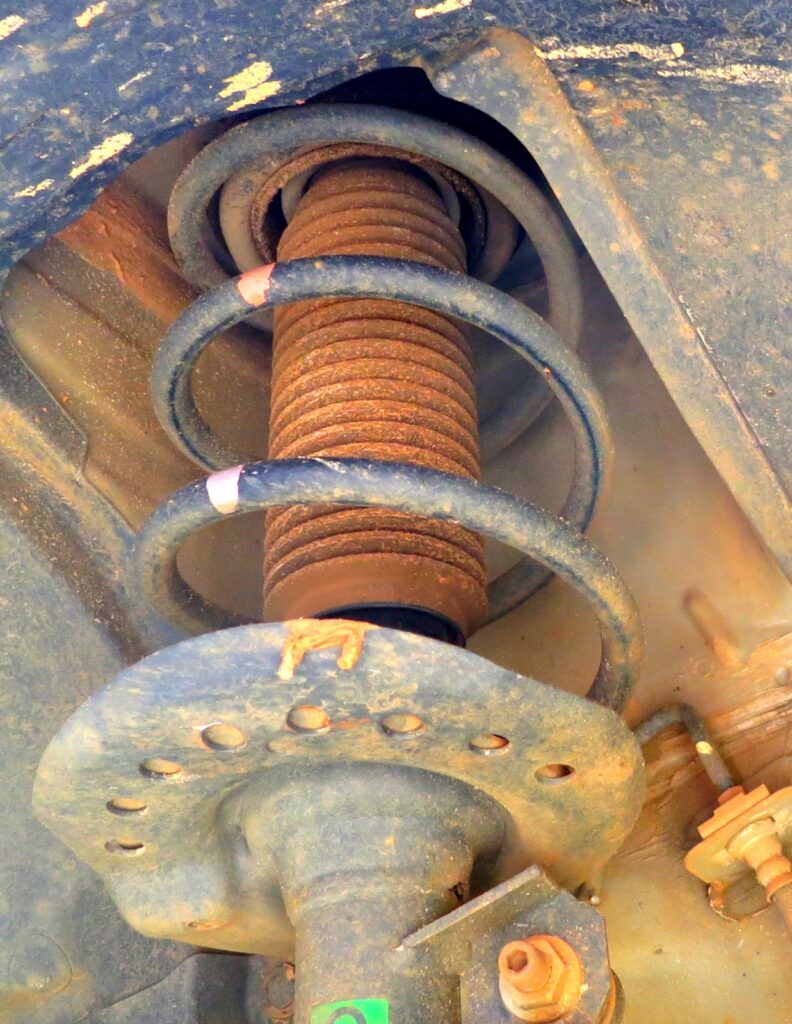Q: Where Are the Shocks Typically Located?
A: The shocks (or dampers) are typically found between the vehicle’s frame and wheels, particularly behind the tires.
Most shocks are gas-charged, which means they not only dampen suspension oscillations while driving over rough roads, they also help the springs support the weight of the vehicle. Non-gas charged shocks don’t provide support. There is a shock or strut at each of the four wheels.
Some vehicles can also have air-inflatable shock absorbers. These shock absorbers often have a built-in air compressor and ride height sensors for automatic ride height control functions.


Tips on How to Access the Shocks
Shock absorbers are wear-and-tear components that will need replacement after some time. As the control arm bushings and ball joints begin to age, the shock absorbers work harder to maintain vehicle stability. This also causes the seals inside the shocks to deteriorate.
Ride harshness, frequent bottoming out on rough roads, and extended vehicle movement after driving on dips or a rise in the road are some of the most common signs that you need new shocks.
When replacing worn-out shocks, many experts use the shock stud trick.
The process involves using a deep-well 9/16-in. socket and a long extension to bend the shock stud until it breaks off. The worn shock absorber isn’t going to be reused, so there’s no harm in damaging it while trying to remove it.
Once the upper shock stud is removed, you can proceed to hoist your vehicle to access the two lower shock bolts and completely remove the shock absorber.
From there, you can mount the new shock absorber and attach the lower bolts, upper rubber bushings, and retaining nuts.
That said, this method only works on platforms where you can access the shock stud, and not all shocks have studs, so this may or may not work for you. Also, you need quite a bit of strength to do this and the room to make it happen. There are tools available at the parts store for removing the nut from the stud, which may be smarter.
Any information provided on this Website is for informational purposes only and is not intended to replace consultation with a professional mechanic. The accuracy and timeliness of the information may change from the time of publication.































